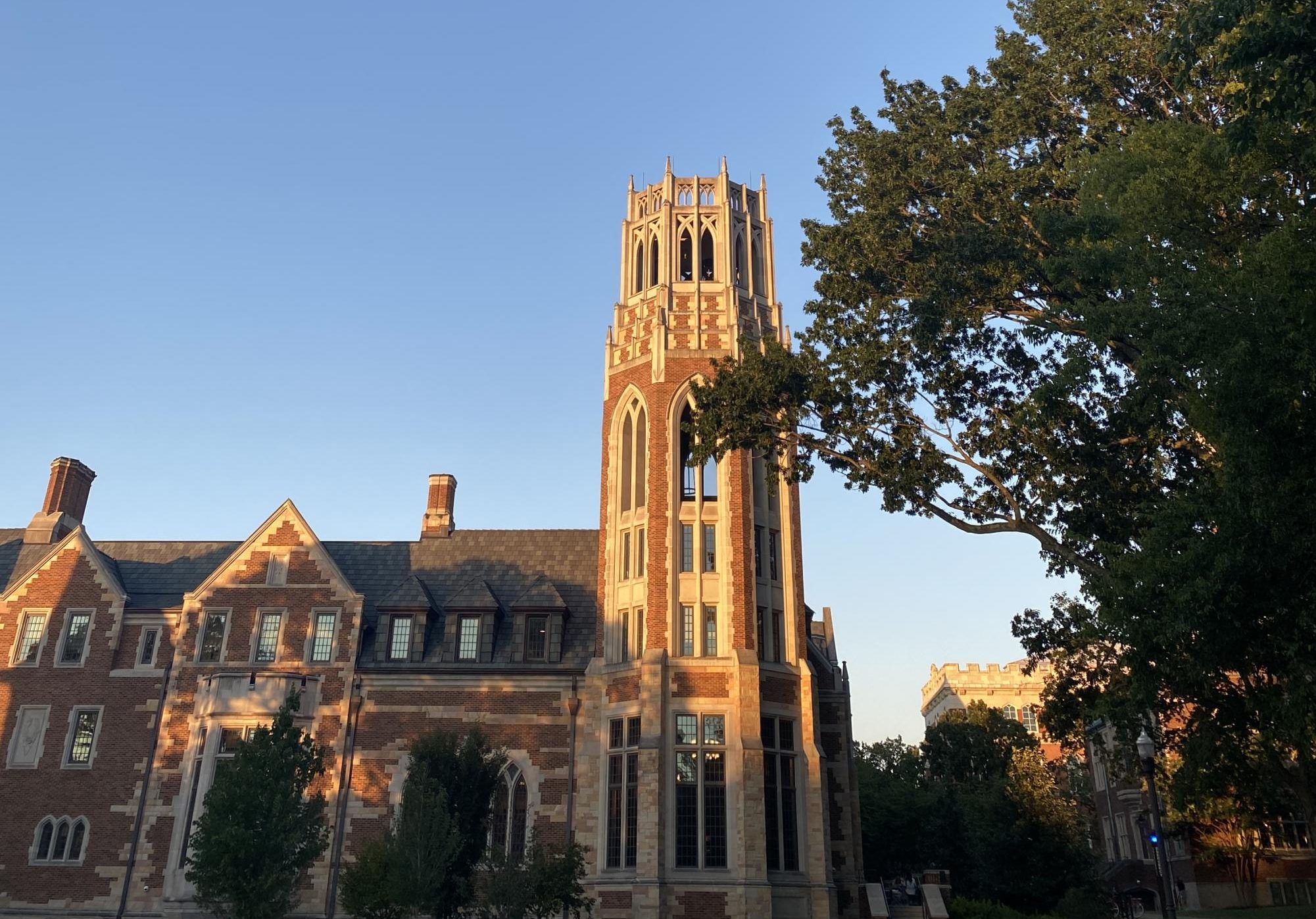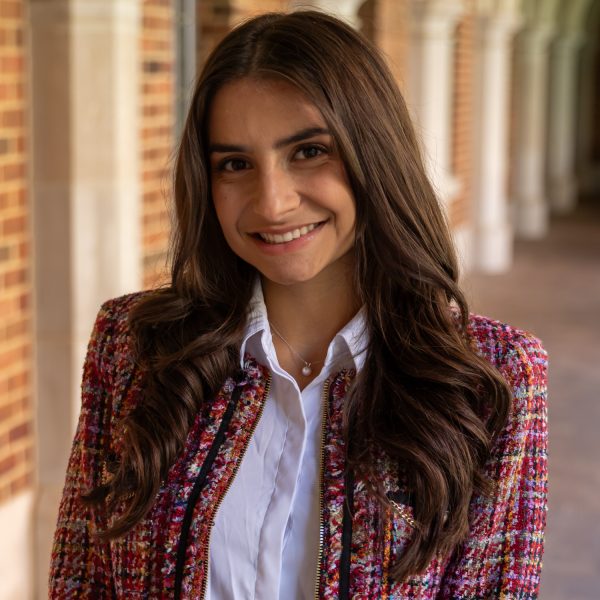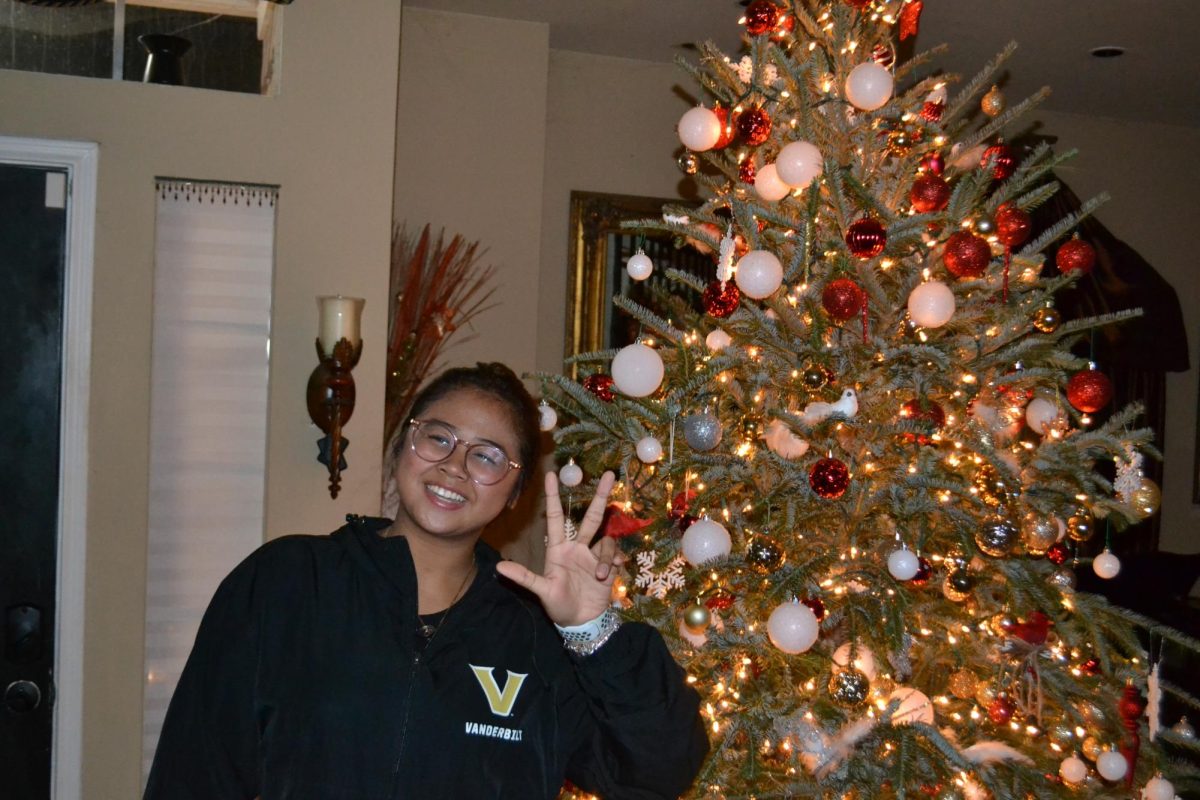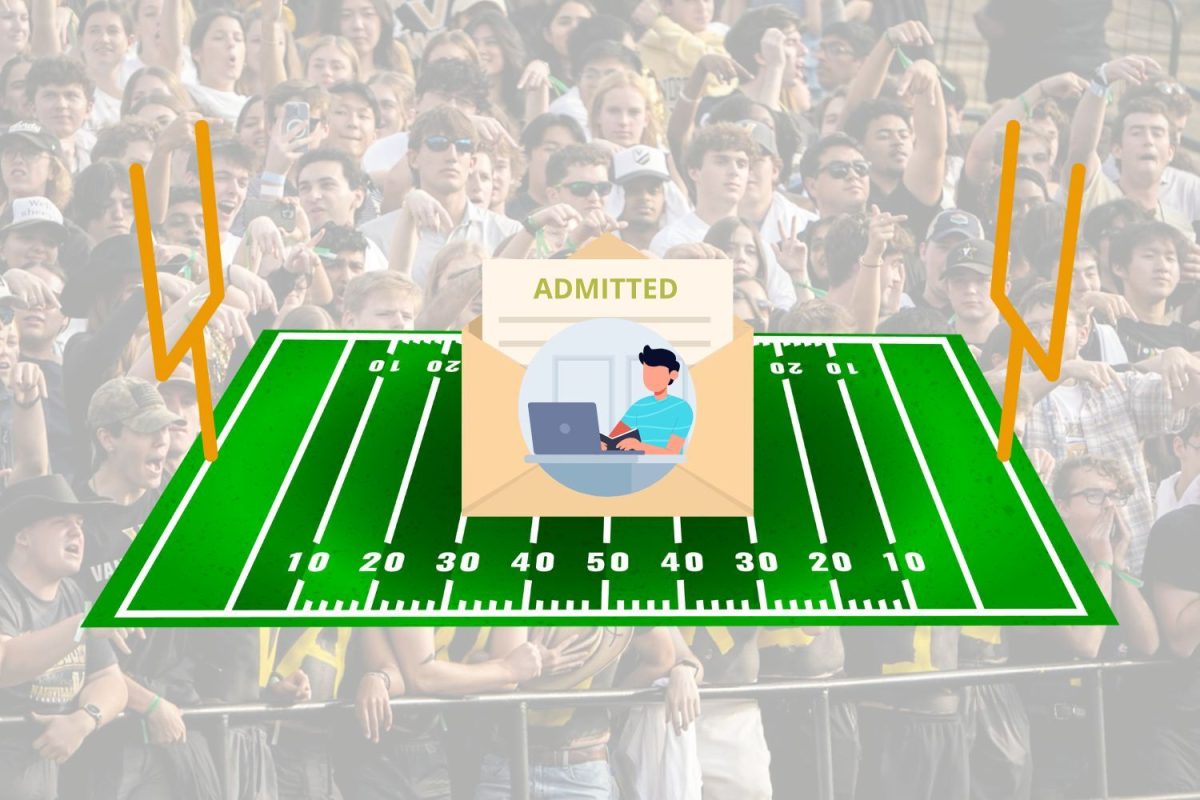While Vanderbilt’s first-year acceptance rate hits record lows year after year, a long-standing admissions trend remains: Women have a lower chance of being accepted to Vanderbilt than men. It isn’t clear why.
Vice Provost for University Enrollment Affairs & Dean of Admissions and Financial Aid Doug Christiansen said the Office of Admissions aims for a near-even gender breakdown in first-year undergraduate admissions. More women apply to Vanderbilt than men, resulting in a higher percentage of men being admitted than women. Christiansen failed to explain the importance of this specific balance but emphasized the university aspires to recruit a diverse class.
“I think it’s — when we’re really thinking about — just — there’s — you know — when there’s the demand — and trying to just balance — it’s balanced just so there’s a broad balance of genders on campus,” Christiansen said.
During the past 10 years, Vanderbilt’s largest undergraduate student body gender divide came in the 2013–14 academic year with 52.29% women and 47.71% men.
Although Christiansen specified that Vanderbilt does not set gender quotas in admissions, he said there is an “inference” about how many students of each gender should be admitted to maintain a balanced gender divide in the class.
“There’s a sense of balance that we try to [create], but we do that in a very holistic way,” Christiansen said. “We do look at gender as one piece [of the admissions process].”
In June 2023, the U.S. Supreme Court outlawed race-based affirmative action in college admissions, and racial quotas in college admissions have been outlawed since 1978. However, much less case law exists on gender-based affirmative action and quotas, a topic on which the Supreme Court has never ruled. Title IX prohibits gender discrimination in access to education at schools receiving federal funding but allows gender-based affirmative action at private universities. Despite this exemption, some private universities are still gender-blind in admissions. A handful of states explicitly outlaw affirmative action in public university admissions.
Christiansen emphasized Vanderbilt’s efforts to increase gender diversity in fields traditionally dominated by one gender, such as women in STEM, men in teaching and men in nursing. He said doing so allows for more diverse perspectives in these industries and classrooms.
Gender in first-year admissions
In the past 10 years, more women have applied to Vanderbilt than men, making up around 55% of first-year applicants each year. Christiansen said the gender distribution of Vanderbilt’s applicant pool reflects a national trend of more women applying to college than men. Vanderbilt’s peer institutions all mirrored this trend. He clarified that Vanderbilt is not purposely trying to recruit more male applicants given this pattern, whereas some schools distribute specific marketing materials or invest in sports teams to attract more men.
“At the very highest level, there appears to be a deeper interest [among] women wanting to pursue a college education than men,” Christiansen said.
Men have been accepted at a higher rate than women every year since at least the Class of 2017, before which public data is unavailable. This gender acceptance rate gap has tightened in the past few years despite the stagnant percentage of female applicants.
Christiansen said proportional admissions is not practiced at Vanderbilt and attributed the gender acceptance rate gap to Vanderbilt’s overall competitiveness — implying that men are more competitive than women in Vanderbilt’s applicant pool.
Nationally, the New York Times Magazine reported that girls perform better than boys academically as early as in the fourth grade and as late as high school, have surpassed boys’ standardized test scores in recent years and make up 67% of the top 10% of their graduating high school classes.
“Just because we have more female applicants, I don’t want to give the illusion that if you are a female, that means then you have to be [accepted] at a higher rate. We just have more people that fall in the middle ground who aren’t admissible — whether you’re a man or a woman — just because of the competitiveness,” Christiansen said. “[We’re trying to see] who is the student that we feel will be the best in our community.”
When a handful of Vanderbilt’s peer institutions were prevented by law from employing gender-based affirmative action or gender balancing, higher percentages of women were found qualified to be accepted.
For example, at the University of California-Berkeley, the University of California-Los Angeles and the University of Michigan-Ann Arbor, women were admitted at a higher rate to the Class of 2027 than men despite the schools receiving more female than male applicants. The States of Michigan and California outlaw gender-based affirmative action college admissions at public universities, which includes all three of these peer institutions.
Joining Vanderbilt, two other peer private schools — Dartmouth College and the University of Notre Dame — all had lower acceptance rates for women than men for the Class of 2027.
Vanderbilt hasn’t reported receiving a non-binary first-year applicant in the past 10 years. Dartmouth and Notre Dame also did not report receiving any non-binary applicants to the Class of 2027. Non-binary first-year acceptance rate patterns were inconsistent across Vanderbilt’s peer institutions.
As a result of Vanderbilt’s gender acceptance rate gap, women comprise a greater percentage of the applicant pool than the accepted student population. Like Vanderbilt, Dartmouth’s lower acceptance rates for women brought the Class of 2027’s gender breakdowns closer to equal, while Notre Dame’s gender acceptance rate gap made its class’s gender division more uneven. On the other hand, UC-Berkeley, UCLA and Michigan’s Classes of 2027 were disproportionately — nearly 60% — women.
Gender in transfer student admissions
The gender acceptance rate and applicant gaps seen in Vanderbilt’s first-year admissions are not evident in the university’s transfer admissions. Every year since the Fall 2013 cohort, more men than women applied to transfer to Vanderbilt, and the university’s transfer student acceptance rate for men has consistently been lower than for women. These patterns are largely reflected in its peer institutions.
Christiansen said he was unsure why more men apply as transfer students to Vanderbilt than women. Nationally, women made up 57.1% of all enrolled transfer students in Fall 2023, according to the National Student Clearinghouse Research Center.
Like in its first-year admissions, Vanderbilt has not reported receiving any non-binary transfer applicants in the past 10 years. Notre Dame was the only peer institution also to report receiving zero non-binary transfer applicants to the Fall 2023 cohort. Non-binary transfer student acceptance rate patterns were inconsistent across Vanderbilt’s peer institutions.
Women are disproportionately accepted as transfer students to Vanderbilt and most of its peer institutions, making up a greater percentage of accepted student populations than applicant pools. However, only Notre Dame and Michigan were similar to Vanderbilt in that their gender acceptance rate gaps made the accepted pool more gender-balanced. Dartmouth’s gender divide in the Fall 2023 admitted cohort was significantly stronger than the other schools, but its cohort size was also notably smaller at 12 admitted students.
Christiansen asserted that Vanderbilt’s transfer gender acceptance rate gap is a byproduct of the university’s holistic admissions process.
“In our pool, it’s who is the best that meets the needs we have,” Christiansen said.
Reasoning behind college admission gender balancing nationally
Numerous admissions officers from both public and private universities told The Hechinger Report that, due to receiving more female applicants, they were encouraged by university leaders to find more men to admit, leading to lower admissions standards for men.
Dean of Admissions at the College of William & Mary Tim Wolfe and then-Kenyon College Dean of Admissions and Financial Aid Jennifer Delahunty Britz claimed that unequal gender divides at colleges can turn prospective students away, causing schools to gender balance in admissions. In 2009, the federal government investigated fifteen universities, including William & Mary, for potentially discriminating against women in its admissions via gender-balancing, going against Title IX. The government ended the investigation without findings after determining the quality of the data they collected was insufficient.
“What are the consequences of young men discovering that even if they do less, they have more options?” Britz said. “And what messages are we sending young women that they must, nearly 25 years after the defeat of the Equal Rights Amendment, be even more accomplished than men to gain admission to the nation’s top colleges?”
Former Associate Director of Admissions Marie Bigham told The NewsHouse that the colleges’ stated need for even gender divides is related to setting the scene for heterosexual student couples and advancing male privilege, rather than recruitment. Medley emphasized how gender-based affirmative action that disadvantages women — who have been historically barred from education — is contrary to affirmative action aimed at counteracting such discrimination.
“I never heard anyone talking about the desperate need for gender balance when women were so underrepresented,” Bigham said. “Really, it’s just when boys seem to be falling behind and suddenly it’s a thing.”
In a Washington Post op-ed, Kate Cohen reported that Wesleyan University College President Michael Roth asserted that equal gender balances at universities are important to prepare students adequately for life after college. Cohen countered the idea that even gender distributions are necessary or beneficial for students’ post-graduation lives.
“Every time colleges bend their criteria to keep from becoming ‘decidedly female,’ they perpetuate the notion that there is such a thing as having too many female students — and by extension, too many women in any given space,” Cohen writes. “Women who get a fair shot at college might graduate unprepared to accept unfairness in their professional lives. Men who learn in female-majority spaces might graduate unprepared to assume they should be in charge. Imagine that.”













